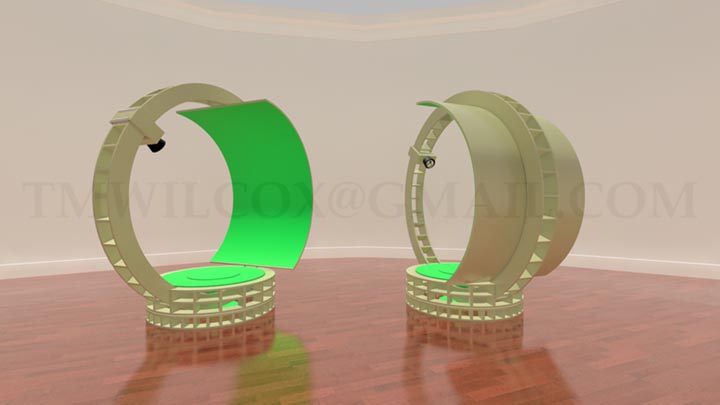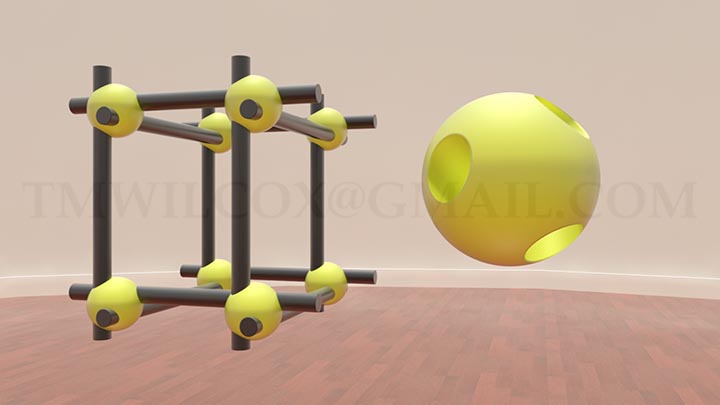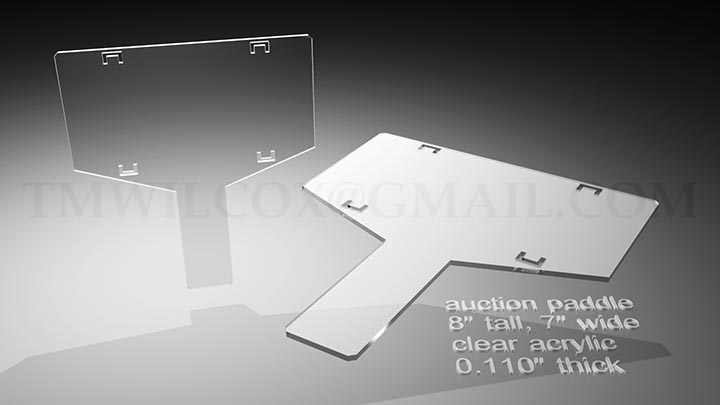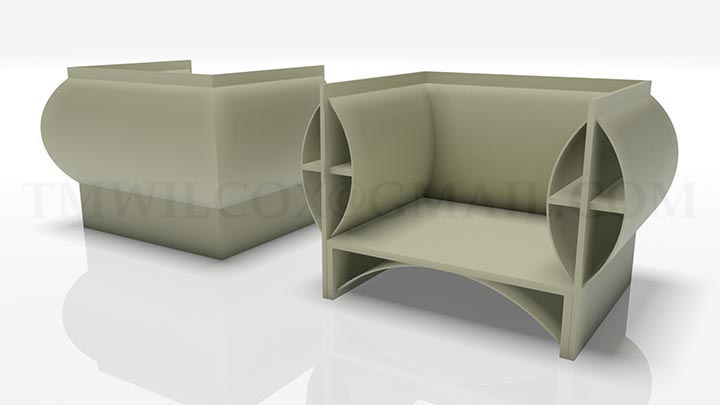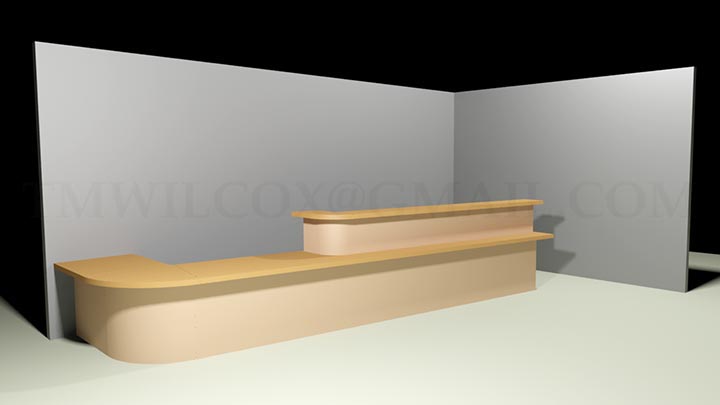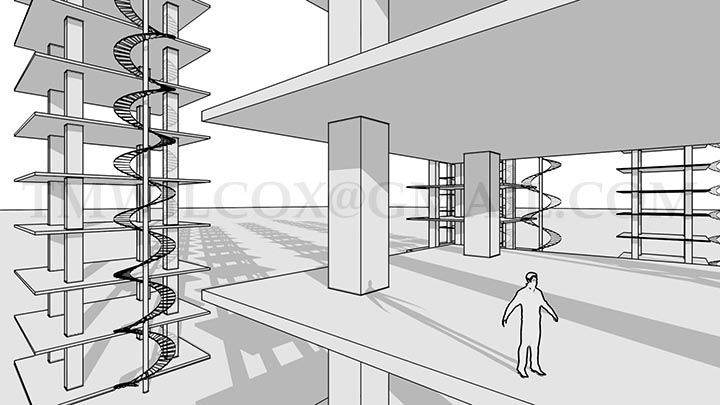
- Case Study -
IRONICAL MOUSETRAP

A colleague needed posters for an innovation workshop. His slogan, "Building A Better Mousetrap?" broke the first rule of advertising. I used 3ds Max to make this fanciful concept model for promotional illustrations and a virtual reality experience.

Ironically, few students recognized the old innovation metaphor. Plausible engineering and unbiased rendering led some to imagine my design was a digital prototype with crowdfunding potential. Revising his slogan, my colleague sparked further debate over pre‑order products marketed to unwary consumers. Advertisers have a duty of care when their campaigns feature photorealistic computer graphics.

A colleague needed posters for an innovation workshop. His slogan, "Building A Better Mousetrap?" broke the first rule of advertising. I used 3ds Max to make this fanciful concept model for promotional illustrations and a virtual reality experience.

Ironically, few students recognized the old innovation metaphor. Plausible engineering and unbiased rendering led some to imagine my design was a digital prototype with crowdfunding potential. Revising his slogan, my colleague sparked further debate over pre‑order products marketed to unwary consumers. Advertisers have a duty of care when their campaigns feature photorealistic computer graphics.

Ironically, few students recognized the old innovation metaphor. Plausible engineering and unbiased rendering led some to imagine my design was a digital prototype with crowdfunding potential. Revising his slogan, my colleague sparked further debate over pre‑order products marketed to unwary consumers. Advertisers have a duty of care when their campaigns feature photorealistic computer graphics.
